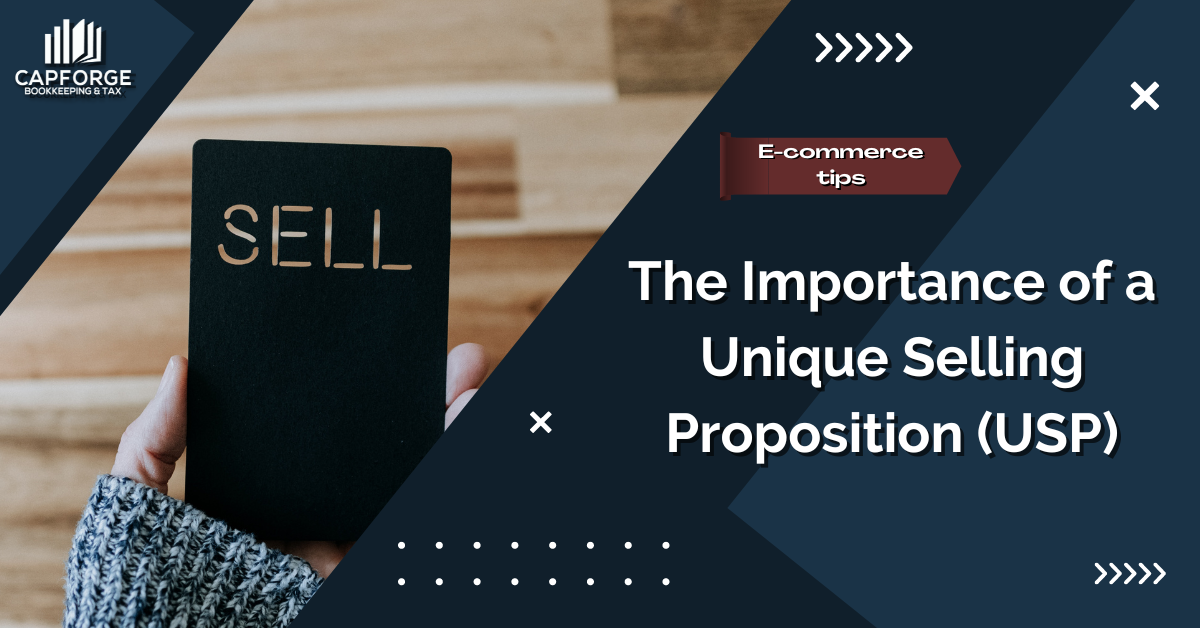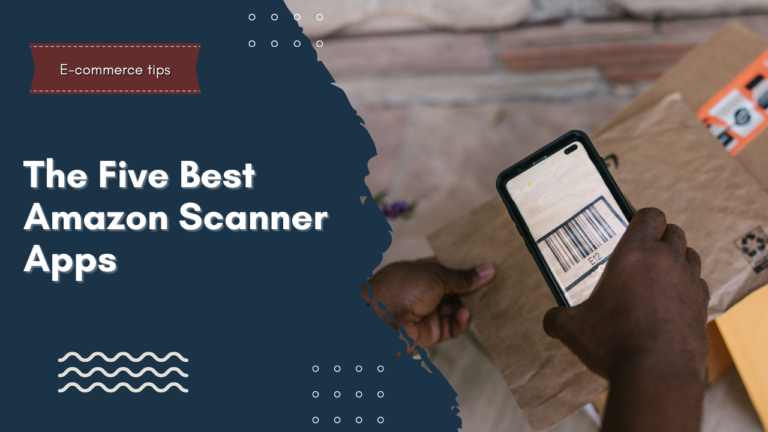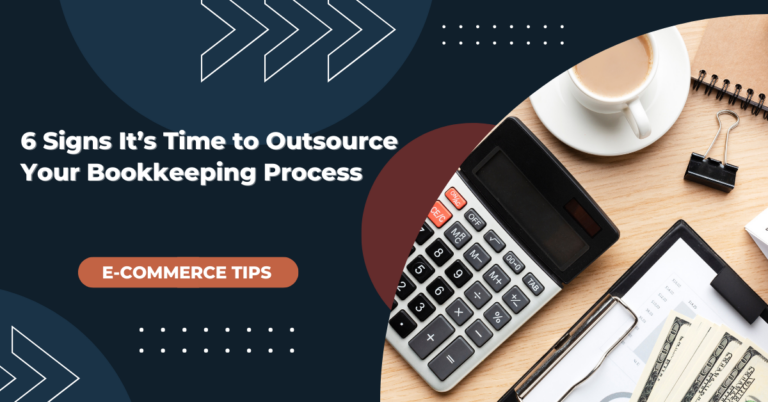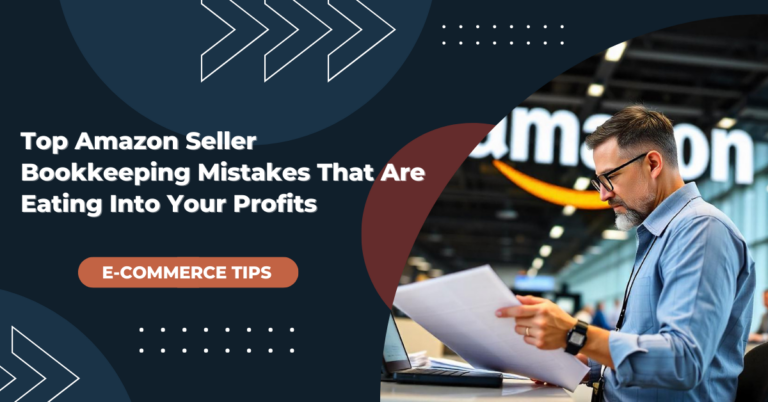Why You Need a Unique Selling Proposition (USP)
The ability to distinguish yourself from the competition is a huge factor in helping to secure sales and gain a larger market share. In a digital age where brands are popping up left and right, one way to stand out is by emphasizing your unique selling proposition (USP).
A unique selling proposition is an embodiment of what makes your products and services better than what’s available on the market. It’s about playing to your strengths and highlighting them so customers can make a confident decision. Knowing how USP works is crucial to maintaining a competitive edge in the eyes of your customers, so read on to discover everything you need to know about it!
What is a unique selling proposition?
A unique selling proposition is a key element or feature that sets a company’s products or services apart from the competition. Think of a USP as a defining characteristic that tells current and potential customers why they should choose your product. If your brand operates in a saturated market, it’s vital that you establish a unique selling point. Otherwise, customers will find it challenging to consider your products/services as viable options.
Identifying your product’s USP can seem quite complex since there are no specifics for brands to follow. Some companies deliver their unique selling proposition through compelling stories or product origins, while others focus on providing superior logistics and customer services. But not to worry, we’ll help you identify your unique selling point as you navigate the article.
Why is a unique selling proposition important?
Every brand should have a unique selling proposition to make its products/services more appealing to its target audience. Let’s take a look at two pizza chains and evaluate their USPs: Domino’s and Papa John’s.
Domino’s positions itself as a delivery expert by guaranteeing fresh pizza within 30 minutes. Meanwhile, Papa John’s USP highlights the quality of the ingredients on their pizza, thus resulting in better flavor than the competition.
While both brands sell the same product, it’s their USP that allows them to gain a competitive edge and cater to a specific audience. If one brand doesn’t have a distinguishing factor, it’ll most likely lose sales and find it difficult to gain market share.
How do you identify a unique selling proposition?
Now comes the crucial part; identifying your unique selling proposition. Whether you’re selling a product or service, it helps to figure out your brand’s core strengths and use them to your advantage. Follow these steps to find your USP and use it to leverage your positioning in the marketplace:
1. Gather insights from your customers
The first step in identifying your USP is to obtain information from your customers. Buyers are the most reliable source of data since their actions are the driving factor for sales. Analyze how customers interact with your brand and evaluate their purchasing behavior. These insights will give you clues on which features of your product/service you should highlight to encourage customers with their purchase intent.
You can start by implementing a post-sales survey to get a feel for how customers perceive your brand. This will help you discover customer satisfaction levels, find opportunities for improvement, and identify the strong points of your products/services.
Using customer relationship management (CRM) software can make life easier for obtaining meaningful metrics from your buyers. If you don’t have a CRM, you can tap into your sales team to obtain crucial information about the needs/preferences of your customers.
2. Do a head-to-head comparison between you and your competitors
When it comes to USPs, it helps to compare how your products/services stack up against the competition. Take a look at the most popular brands within your niche and compare them to yours. Which areas do they excel at the most? Do they have weaknesses that you can take advantage of?
For example, if a competitor offers a superior product but lacks the logistics expertise, you can take advantage of that by offering same-day delivery to bridge the gap. You can also take note of how other brands deliver their USPs to give you an idea of how to communicate them with your customers.
3. Create a memorable USP statement
Once you’ve identified your unique selling point, the next step is to craft a compelling copy to capture your audience’s attention. When marketing your product/services, you want your USP to be the focal point of your messaging. Going back to our previous pizza example, Domino’s owns their USP with the simple phrase “The Pizza Delivery Expert”.
When customers hear that phrase, they immediately think of a certain pizza brand. Remember, your USP statement is what gets the attention of your customers, so make sure it’s undeniably yours and that it represents your brand’s strengths.
4. Keep an eye on industry trends
Consumer preferences shift over time, and companies that adapt to these changes are the ones that gain a foothold in the market. Make sure to keep track of industry trends to continuously meet the needs/expectations of your target audience.
For example, marketing trends are shifting towards influencer marketing, with small and big-name companies collaborating with social media celebrities. If brands fail to keep up with this new trend, they may not be able to communicate their USP effectively to their target audience.
This shift can occur rapidly, especially in a digital era where industry trends come and go. The ability to adapt your strategies will influence the success of your unique selling proposition, so always keep that in mind.
Conclusion
Presenting your unique selling proposition is important if you want your customers to perceive your products/services as better options than the competition. Hopefully, this article gives you the information you need to find your USP and deliver it to your target audience.
Does your business need help with sorting its financial records? If so, our team is here to help! Feel free to fill out the form below, and we’ll get back to you as soon as possible.








